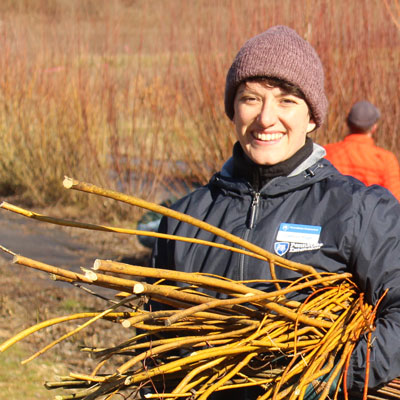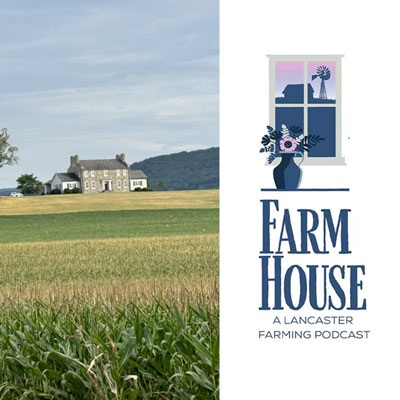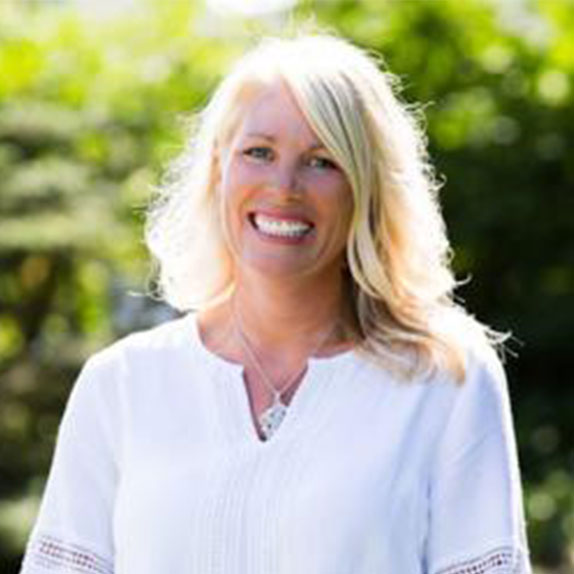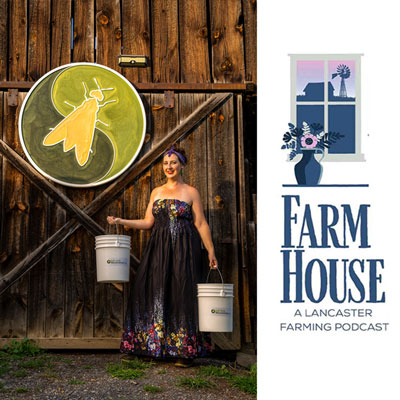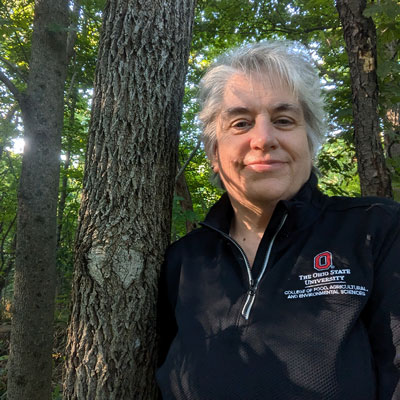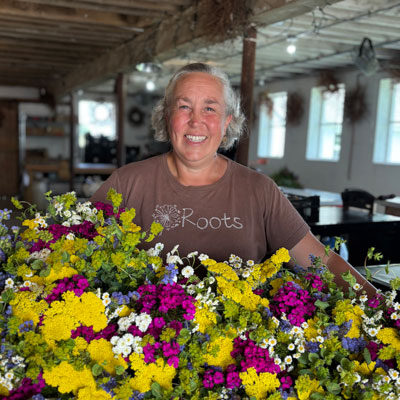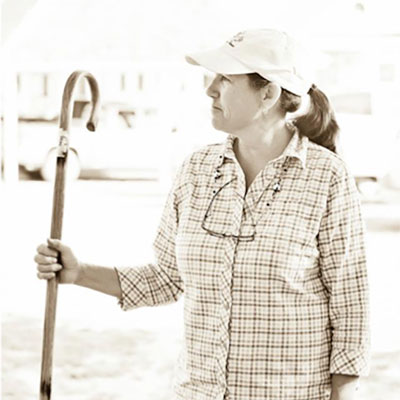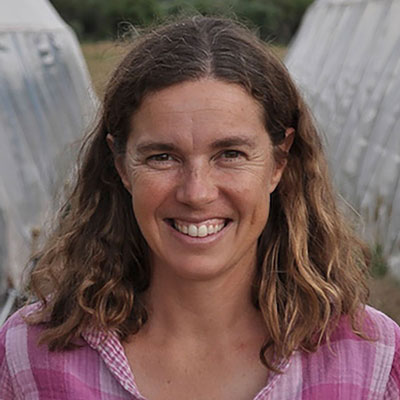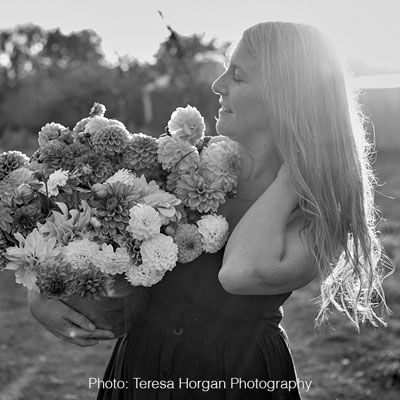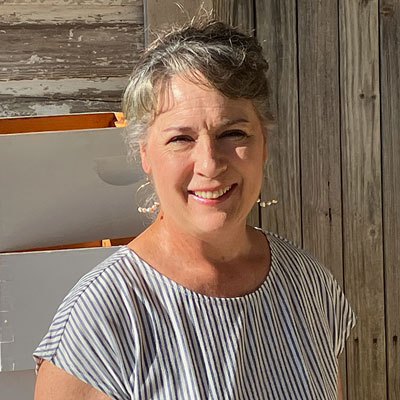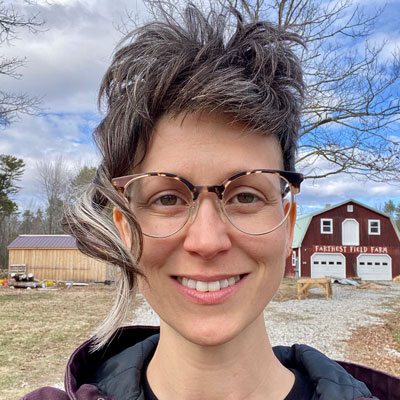The Many Uses of Native Plants With Cathryn Pugh
Description
This week on the FarmHouse, we're talking to Cathryn Pugh, a forestry educator with Penn State Extension.
Pugh specializes in agroforestry, nontimber forest products and native plants. She is also the president of the Pennsylvania Native Plant Society.
There are five main aspects of agroforestry: silvopasture, alley cropping, windbreaks, riparian buffers and forest farming.
"Agroforestry can fit into a lot of different places," Pugh said. "It's essentially thinking about how to incorporate trees into agricultural spaces."
While Pugh works with farmers to help them learn how to best incorporate trees and native plants into their land, she also works a lot with homeowners both through Extension and the Native Plant Society.
"People want native plants," she said.
Pugh has found that a lot of people want to add more natives to help provide for birds and pollinators.
"Native plants are the foundation of your ecosystem," Pugh said. "Native plants have been here for so long, they have co-evolved with all of the native insects and birds."
Another big pull for natives is that they are often easier to take care of.
"Native plants are lower maintenance overall. They have evolved to be in this place," Pugh said. "It's going to save you a lot of time and energy in the long run to have native plants in your space."
But while interest in natives is growing, not everyone can easily identify these plants and know which ones would work best in their landscapes.
The Pennsylvania Native Plant Society is working to make finding native plants easier.
"We have a program we're really proud of called the Green Seal Pledge," Pugh said. "This program encourages nurseries to sign and pledge that they will sell 50% or more of their nursery stock as native plants."
Pugh also works with farmers to add nontimber forests products to their land, such as maple, ramps or ginseng. There are also native plants that can be used creatively, such as woody florals, willow for weaving and black walnut for dyes.
"I'm trying to think about ways that we can really make things like riparian buffers enticing to farmers that have products that are easy enough to get into, that have markets that exist," Pugh said. "If we can make it accessible, maybe we can make a shift in this where it's a win-win situation for the environment and for the farmer."
Learn More:
Penn State Extension
extension.psu.edu
Pennsylvania Native Plant Society
panativeplantsociety.org
Forest Snapshot — September 2025
extension.psu.edu/forest-snapshot-september-2025
Forest Snapshot — July 2025
extension.psu.edu/forest-snapshot-july-2025
The Green Illusion
extension.psu.edu/the-green-illusion
Ramps (Allium tricoccum)
extension.psu.edu/ramps-allium-tricoccum

